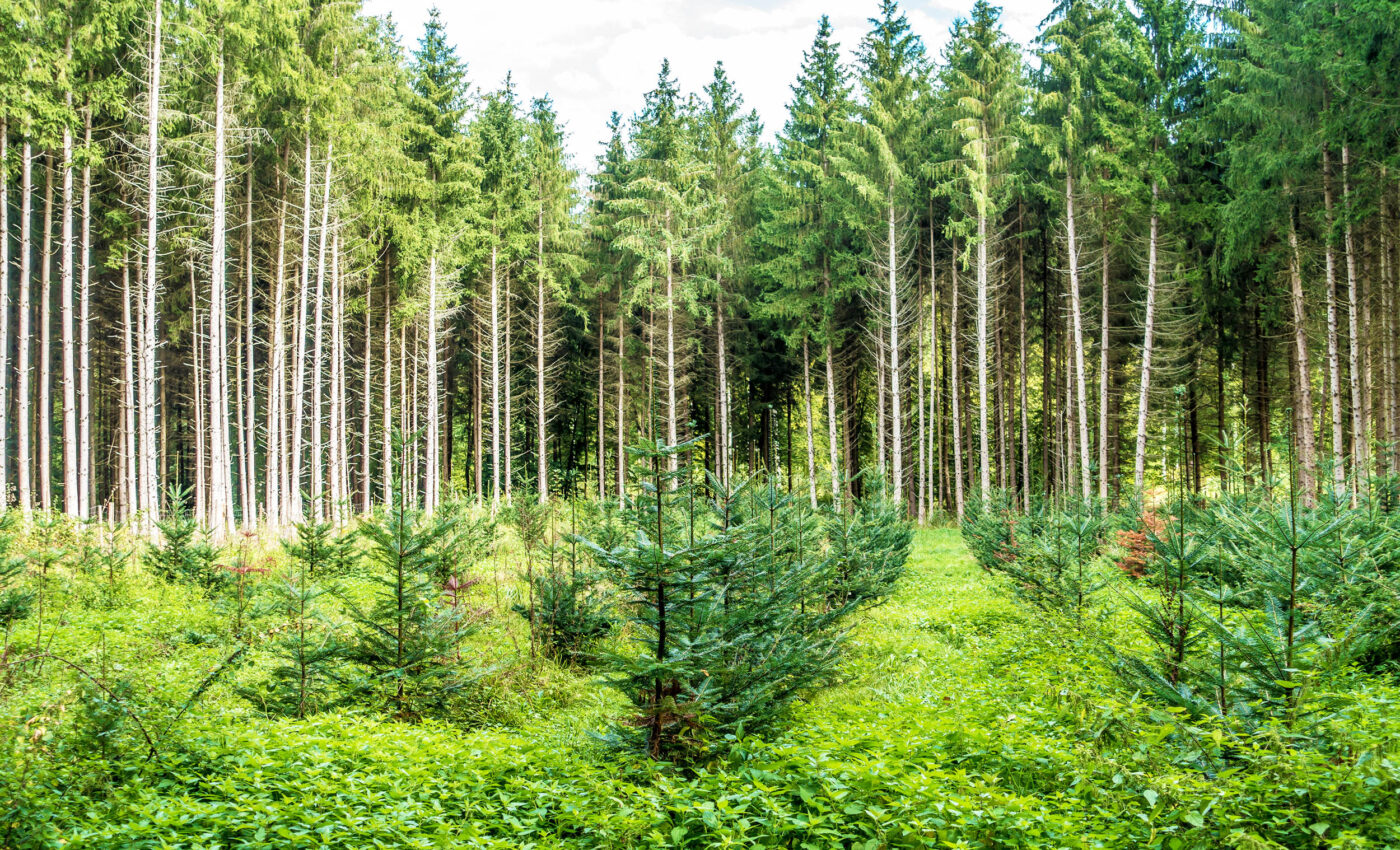
Success story: Reforestation has helped keep the eastern US relatively cool
Recent research unveils a compelling narrative about the eastern United States’ reforestation efforts in the 20th century and their significant role in mitigating climate change.
This important study serves as a prime example of the vital function forests play in cooling our environment, offering a dual strategy of climate adaptation alongside reducing carbon emissions.
“It’s all about figuring out how much forests can cool down our environment and the extent of the effect,” said Mallory Barnes, lead author of the study and an environmental scientist at Indiana University.
“This knowledge is key not only for large-scale reforestation projections aimed at climate mitigation, but also for initiatives like urban tree planting.”
Reforestation as a climate shield
Historically, the eastern United States was a vast expanse of temperate forests, which underwent drastic deforestation from the late 18th to the early 20th centuries due to timber harvests and agricultural expansion.
Remarkably, around 15 million hectares of forest have regrown since the 1930s, marking a significant ecological recovery.
Kim Novick, is co-author of the study and also an environmental scientist at Indiana University, reflected on the scale of this transformation.
“The extent of the deforestation that happened in the eastern United States is remarkable, and the consequences were grave. It was a dramatic land cover change, and not that long ago,” Novick explained.
Science behind the cooling effect
This reforestation has occurred parallel to global warming, with North America experiencing an average temperature rise of 0.7°C (1.23°F).
However, the East Coast and Southeast of the United States have seen a cooling of about 0.3°C (0.5°F) from 1900 to 2000, intriguingly referred to as a “warming hole” by climate scientists due to its unexpected lack of warming.
While previous theories pointed to aerosols, agriculture, or increased precipitation as potential causes, Barnes and Novick’s research suggests the significant impact of reforestation in this cooling phenomenon.
“This widespread history of reforestation, a huge shift in land cover, hasn’t been widely studied for how it could’ve contributed to the anomalous lack of warming in the eastern U.S., which climate scientists call a ‘warming hole,’” Barnes said. “That’s why we initially set out to do this work.”
Forests as natural air conditioners
Their investigation employed satellite data and measurements from 58 meteorological towers to compare forested areas with grasslands and croplands.
They discovered that today’s forests in the eastern U.S. cool the land’s surface by 1 to 2°C (1.8 to 3.6°F) annually, with the most substantial cooling during midday in summer.
This effect extends beyond the surface, as forests also lower near-surface air temperatures by up to 1°C (1.8°F), providing critical relief during the hottest parts of the day.
By analyzing historical land cover and daily weather data from 398 weather stations, the team found that weather stations surrounded by forests were up to 1°C (1.8°F) cooler than those in deforested areas.
Broader US climate impact of reforestation
This cooling even affected areas up to 300 meters (984 feet) from the forests, indicating the broad reach of reforestation’s cooling effect.
Although other factors like agricultural irrigation might also influence regional temperatures, reforestation emerges as a significant contributor to the observed cooling.
Barnes expressed enthusiasm about their contribution to resolving the mystery behind the eastern United States’ lesser warming rate.
“It’s exciting to be able to contribute additional information to the long-standing and perplexing question of, ‘Why hasn’t the eastern United States warmed at a rate commensurate with the rest of the world?’” Barnes said. “We can’t explain all of the cooling, but we propose that reforestation is an important part of the story.”
Future of reforestation in US climate strategy
In summary, this research highlights the carbon sequestration and storage benefits of reforestation in the eastern United States and positions it as a crucial tool for climate adaptation.
However, the authors caution that reforestation’s impact can vary by region. In snow-covered boreal areas, for example, adding trees could lead to warming.
Moreover, reforestation can influence precipitation, cloud cover, and other regional processes, underscoring the need for careful consideration of environmental factors in forest management strategies.
In essence, the study affirms the pivotal role of reforestation in climate mitigation and adaptation efforts, providing future guidance in the battle against climate change.
Through careful planning and continued research, forests can serve as invaluable allies in securing a cooler, more sustainable future for our planet.
The full study was published in the journal Earth’s Future.
—–
Like what you read? Subscribe to our newsletter for engaging articles, exclusive content, and the latest updates.
—–
Check us out on EarthSnap, a free app brought to you by Eric Ralls and Earth.com.
—–













